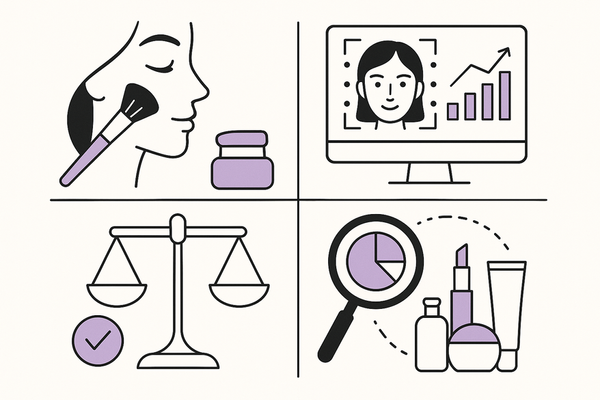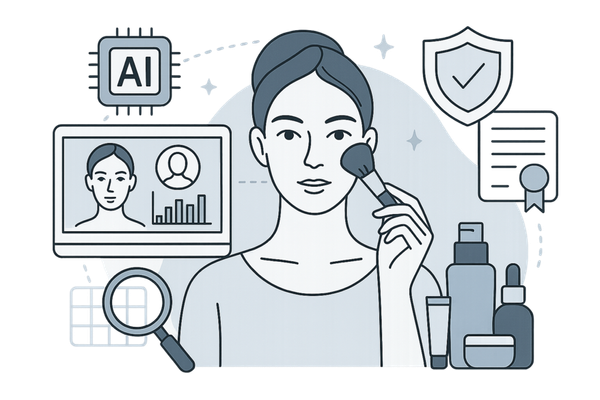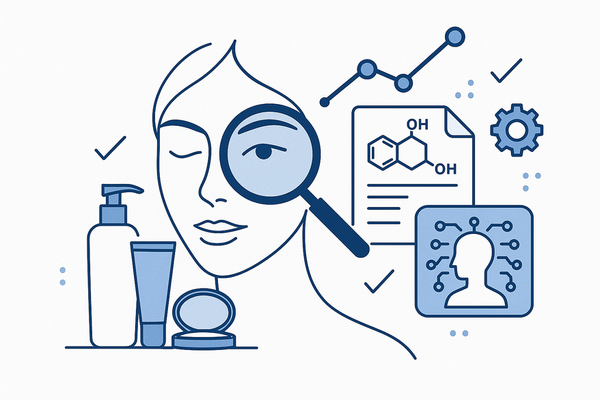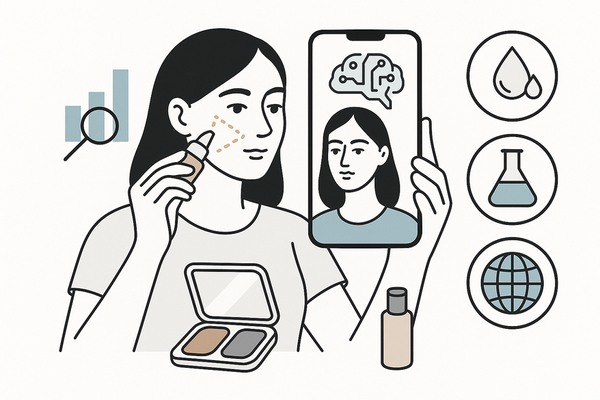Cutting-Edge Makeup Innovations: Transformative Technologies and Trends
Discover cutting-edge makeup innovations reshaping the industry through AI-driven personalization, AR try-ons, and sustainable biotech solutions.
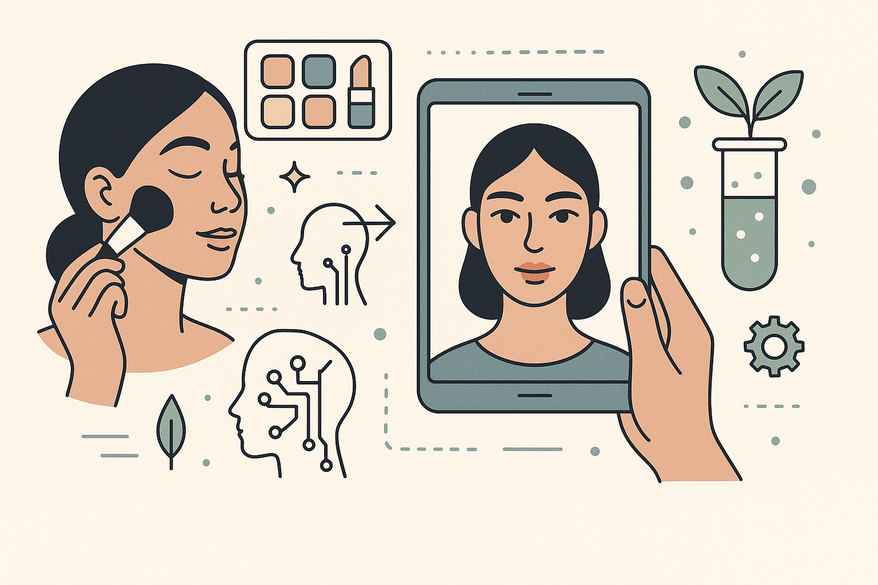
Estimated reading time: 8 minutes
Key Takeaways
- Modern technologies like AI and AR are redefining personalization in makeup.
- Breakthrough ingredients and delivery systems enhance efficacy and support skin health.
- Sustainability through green chemistry and circular packaging is becoming vital.
- Consumer experiences are improved with virtual try-ons and on-demand custom formulations.
- Future trends point toward predictive beauty, neurocosmetics, and biotech-driven solutions.
Table of Contents
- Historical Evolution of Makeup Innovations
- Key Innovations in Makeup Technology
- Impact on Consumers
- Case Studies and Brand Spotlights
- Future Trends and Predictions
- Conclusion and Takeaways
Historical Evolution of Makeup Innovations
From rudimentary pigments to science-driven solutions, makeup has transformed dramatically over centuries. Early humans mixed basic minerals and oils for simple tint and shine. By the 20th century, synthetic pigments, inclusive foundations, and water-resistant formulas emerged. As research deepened, products shifted from masking to nurturing—ushering in biomimetic ingredients and AI diagnostics that prioritize skin health and regeneration.
Key Innovations in Makeup Technology
AI-Driven Personalization
Advanced computer-vision algorithms analyze skin tone, texture and ambient light to create custom foundations, concealers or lipsticks.
- Exact shade matching: Adapt formulas in real time for different lighting.
- Waste reduction: Minimize unused products and returns.
- Seasonal adjustments: Update shades as skin undertones shift.
Example: L’Oréal Perso combines on-device learning with micro-extrusion printing for bespoke formulations in seconds. For expert guidance, explore skin tone analyzer tips.
Augmented Reality Try-On Apps
Interactive virtual mirrors let users preview looks instantly via face mapping and ML.
- Boosts confidence before purchase
- Simulates shades under diverse lighting
- Reduces returns and improves satisfaction
For a hands-on demo, Makeup Check AI leverages AR and AI for personalized suggestions. Watch it in action:
3D-Printed Cosmetics
Microfluidic cartridges in desktop printers blend base, tint and finish on demand. While current speeds limit mass production, the future promises in-store custom print stations and rapid prototyping.
Breakthrough Formulations & Delivery Systems
- Lab-grown peptides and stem-cell extracts bolster skin regeneration.
- Nanocarrier liposomes enable controlled release and deep penetration.
- Bio-identical antioxidants combat free radicals effectively.
Impact on Consumers
Personalization Benefits
- Eliminates trial-and-error with data-driven shade matching.
- Speeds up product selection, saving time and money.
- Reduces environmental waste and lowers costs.
Enhanced Efficacy & Skin Health
- Advanced actives support hydration, barrier repair and collagen renewal.
- Long-wear, water-resistant formulations for active lifestyles.
Sustainability & Ethics
- Green chemistry and biotech fermentation reduce ecological impact.
- Refillable smart packaging cuts single-use plastic.
- Biodegradable materials and carbon-neutral production gain traction.
Challenges & Considerations
- Premium pricing may limit accessibility.
- Digital literacy gaps can hinder tech adoption.
- Data privacy concerns around facial scans require robust safeguards.
Case Studies and Brand Spotlights
L’Oréal Perso
A smart at-home device that fuses AI and micro-extrusion to dispense custom formulas—foundations, lipsticks and more. It has driven high adoption, slashed returns and earned acclaim at CES and VivaTech.
Sephora Color IQ & Skincare IQ
In-store kiosks and apps scan real-time lighting to match shades and tailor skincare routines, expanding shade inclusivity and boosting loyalty.
Beauté INÉE
A biometric card captures skin metrics, feeding an AI routine generator that delivers personalized advice and reminders—enhancing regimen adherence.
Future Trends and Predictions
Hyper-Personalized Predictive Beauty
AI will detect skin changes early, prompting dynamic formula updates and automated refills. Learn more about personalized AI routines.
Regenerative & Neurocosmetics
Next-gen actives aim to modulate mood via neural pathways and accelerate healing with advanced peptides and cytokines for lasting vitality.
Sustainable Biotech & Circular Beauty
Lab-fermented biomolecules will replace animal-derived ingredients, while closed-loop packaging with smart refill alerts champions a circular economy.
Conclusion and Takeaways
Cutting-edge makeup innovations are revolutionizing cosmetics by merging digital, scientific and ecological advances. Consumers enjoy more accurate, effective and sustainable products, while brands gain differentiation and R&D direction. Embrace AI, AR, biotech and green chemistry to stay ahead in this ever-evolving landscape.
FAQ
Q: How accurate is AI-driven shade matching?
AI leverages high-resolution imaging and machine learning to achieve near-perfect matches across diverse lighting conditions, reducing trial-and-error significantly.
Q: Are virtual try-on apps reliable?
Yes. Modern AR SDKs provide real-time simulations that reflect texture, finish and light interactions, improving pre-purchase confidence and lowering returns.
Q: Will 3D-printed cosmetics replace traditional manufacturing?
While 3D printing offers unparalleled customization, it currently faces scalability and cost challenges. Over time, hybrid models with in-store printers may emerge.
Q: What makes neurocosmetics different?
Neurocosmetics incorporate compounds that interact with neurological pathways—such as mood-regulating olfactory molecules—adding a new dimension to beauty products.

